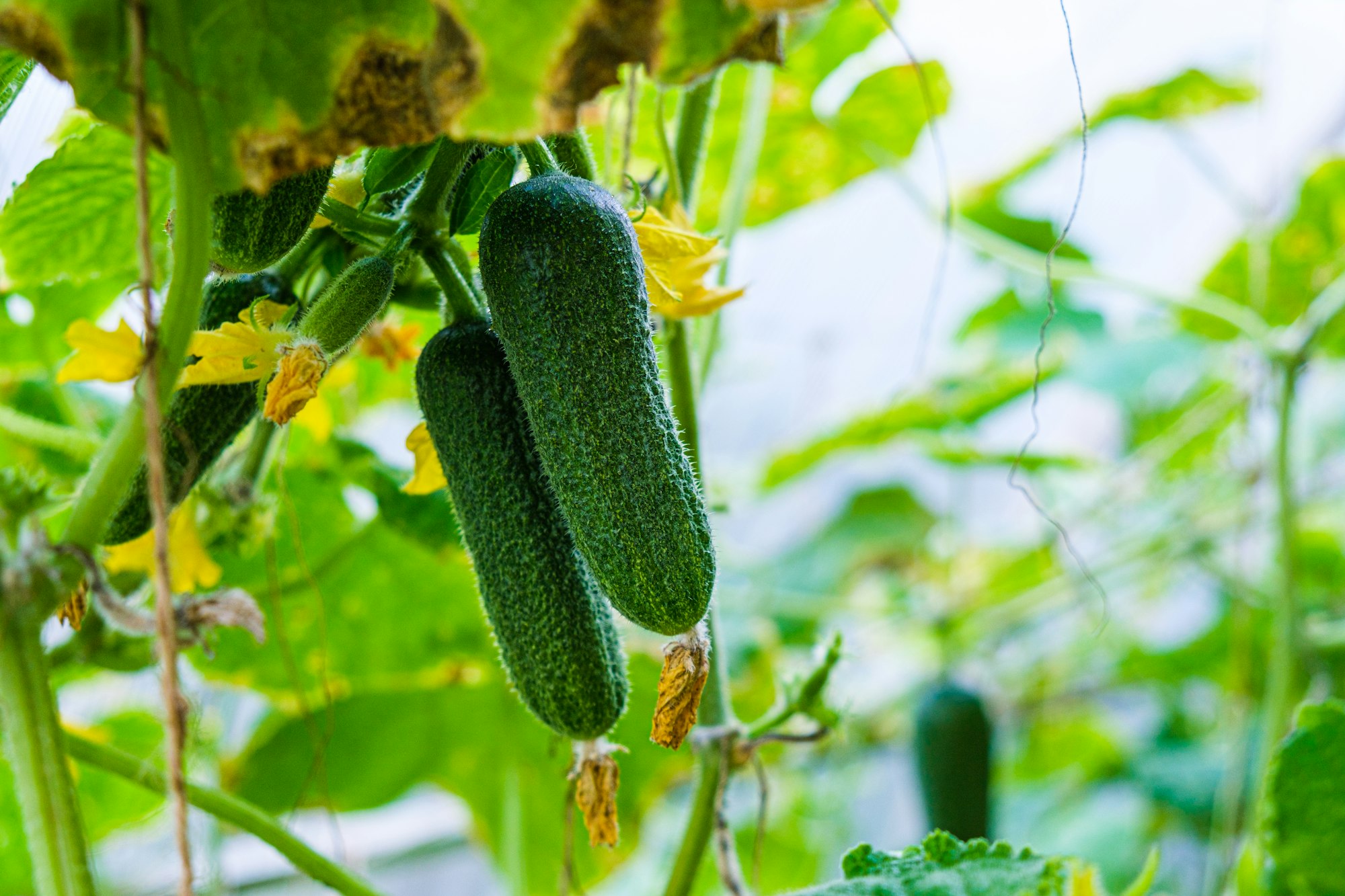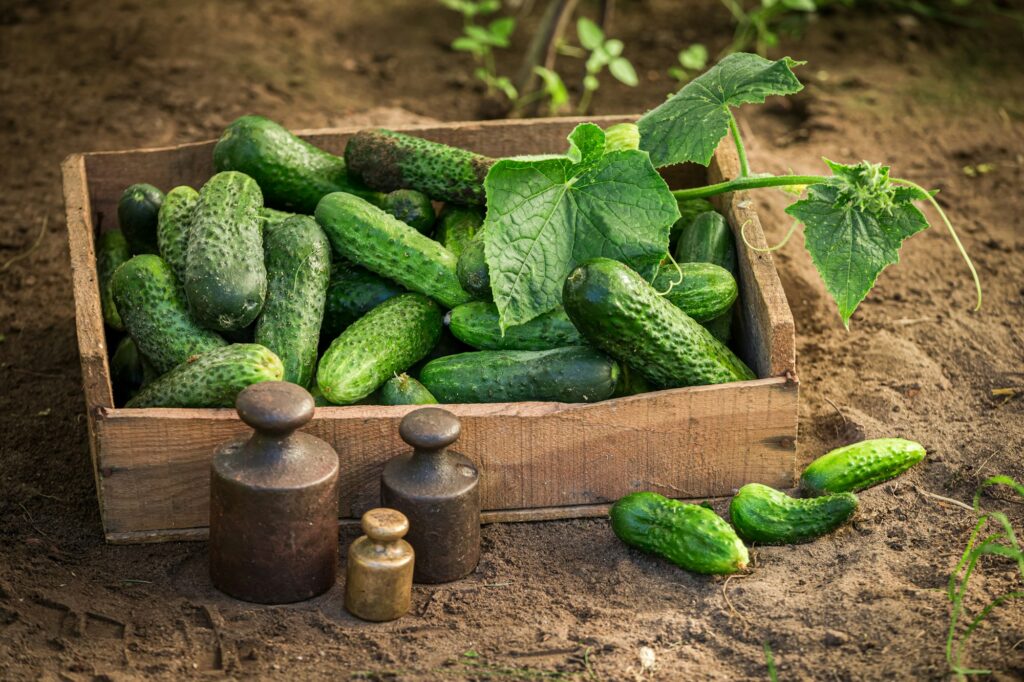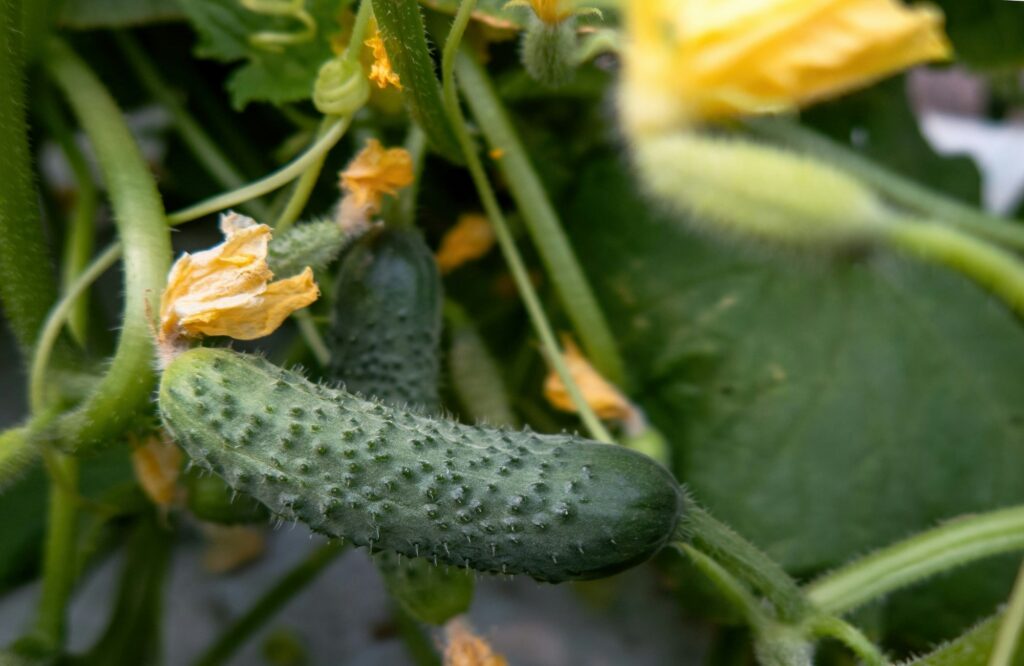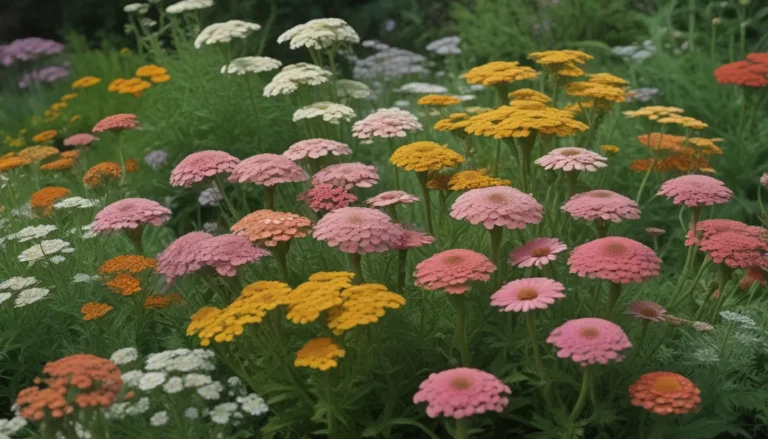Exploring the World of Cucumber Plants: A Complete Guide

Introduction
Cucumbers (Cucumis sativus) are beloved vegetables known for their crisp texture and refreshing taste. These versatile plants belong to the Cucurbitaceae family, which also includes melons, squashes, and gourds. Whether you’re a seasoned gardener or a novice, understanding the intricacies of cucumber plants can help you cultivate a bountiful harvest. This guide will delve into the fascinating world of cucumber plants, covering everything from their botanical characteristics to cultivation techniques and common challenges.
Botanical Characteristics
Cucumber plants are annual vines with large leaves and tendrils. They typically have a sprawling growth habit, though some varieties can be trained to grow vertically. The plants produce both male and female flowers, with the female flowers developing into the edible fruit we know as cucumbers.
Key botanical features:
- Leaves: Large, triangular to heart-shaped, with serrated edges
- Stems: Hairy and angular
- Flowers: Yellow, with separate male and female flowers on the same plant
- Fruit: Elongated, cylindrical, varying in size and color depending on the variety
Types of Cucumbers

Cucumbers come in various shapes, sizes, and flavors. The two main categories are slicing cucumbers and pickling cucumbers.
Slicing Cucumbers
These are larger varieties meant for fresh eating. They typically have thicker skins and a milder flavor. Popular slicing cucumber varieties include:
- Straight Eight: A classic variety with dark green, 8-inch fruits
- Marketmore: Known for its disease resistance and productivity
- English or Hothouse: Long, seedless cucumbers with thin skin
Pickling Cucumbers
Smaller and often bumpier than slicing cucumbers, these varieties are ideal for making pickles. They tend to have thinner skins and a crunchier texture. Common pickling varieties include:
- Boston Pickling: An heirloom variety with blocky, 3-4 inch fruits
- National Pickling: Developed specifically for pickling, with uniform 5-6 inch fruits
- Gherkin: Tiny cucumbers, usually 1-2 inches long, with a bumpy texture
Growing Conditions
To thrive, cucumber plants require specific environmental conditions:
Soil: Well-draining, fertile soil rich in organic matter. The ideal pH range is between 6.0 and 6.8.
Temperature: Cucumbers are warm-season crops. They grow best when temperatures are between 65°F and 75°F (18°C to 24°C). They are sensitive to frost and cold temperatures.
Sunlight: Full sun, meaning at least 6-8 hours of direct sunlight daily.
Water: Consistent moisture is crucial. Cucumbers need about 1-2 inches of water per week, either from rainfall or irrigation.
Planting and Care

Planting
Cucumbers can be directly sown in the garden or started indoors and transplanted. Here are some key points to remember:
- Plant after the last frost date in your area
- Space plants 12-18 inches apart in rows 3-4 feet apart
- If growing vertically, space plants 8-12 inches apart
Care
Proper care is essential for healthy cucumber plants:
Watering: Water deeply and consistently, preferably in the morning. Avoid getting the leaves wet to prevent fungal diseases.
Fertilizing: Apply a balanced fertilizer (10-10-10) at planting time. Side-dress with nitrogen-rich fertilizer when the vines begin to run.
Mulching: Apply a 2-3 inch layer of organic mulch around plants to retain moisture and suppress weeds.
Support: For vertical growing, provide trellises, cages, or stakes for the vines to climb.
Common Pests and Diseases
Like all plants, cucumbers are susceptible to various pests and diseases. Here are some of the most common issues:
Pests
Cucumber Beetles: These yellow and black striped or spotted beetles can transmit bacterial wilt disease.
Aphids: Small, soft-bodied insects that can cluster on leaves and stems, sucking plant sap.
Squash Bugs: Large, flat bugs that feed on plant tissue, causing wilting and damage.
Diseases
Powdery Mildew: A fungal disease that appears as a white, powdery coating on leaves.
Downy Mildew: Another fungal disease causing yellow spots on the upper leaf surfaces and fuzzy growth underneath.
Bacterial Wilt: A disease spread by cucumber beetles, causing rapid wilting and death of the plant.
Harvesting and Storage
Knowing when and how to harvest cucumbers is crucial for the best flavor and texture:
- Harvest when cucumbers are firm, green, and of appropriate size for the variety
- Cut the cucumber from the vine with clean, sharp scissors or pruners
- Harvest frequently to encourage continued production
For storage:
- Store cucumbers in the refrigerator, ideally at around 50°F (10°C)
- Use within a week for best quality
- Avoid storing cucumbers with ethylene-producing fruits like apples or tomatoes
Culinary Uses
Cucumbers are incredibly versatile in the kitchen. They can be enjoyed:
- Fresh in salads or as crudités
- Pickled for long-term preservation
- Juiced for refreshing beverages
- Used in cold soups like gazpacho
- As a cooling ingredient in various international cuisines
Health Benefits
Cucumbers are not just tasty; they also offer several health benefits:
- Hydration: With a water content of about 96%, cucumbers are excellent for hydration
- Nutrients: They contain vitamins K and C, as well as potassium and magnesium
- Antioxidants: Cucumbers contain antioxidants that may help reduce the risk of certain diseases
- Low Calorie: At just 16 calories per cup, cucumbers are a great choice for weight management
Cucumber Varieties Around the World
Cucumbers have been cultivated for thousands of years and have developed unique varieties in different parts of the world:
Armenian Cucumber: Despite its name, this is actually a variety of muskmelon. It has a long, twisted shape and pale green color.
Lemon Cucumber: A small, round cucumber with pale yellow skin, reminiscent of a lemon in appearance.
Japanese Cucumber: Long and slender with small bumps and thin skin, these cucumbers are often used in sushi.
Kirby Cucumber: A small cucumber variety often used for pickling, known for its crisp texture.
Companion Planting with Cucumbers
Companion planting can help improve the health and productivity of your cucumber plants:
Good Companions:
- Corn: Provides natural support for climbing varieties
- Peas: Fix nitrogen in the soil, benefiting cucumbers
- Radishes: Deter cucumber beetles
- Marigolds: Repel various garden pests
Poor Companions:
- Potatoes: Compete for nutrients and can increase the risk of blight
- Aromatic herbs: Can affect the flavor of cucumbers
Sustainable Cucumber Cultivation
For gardeners interested in sustainable practices, consider these approaches:
Water Conservation: Use drip irrigation or soaker hoses to deliver water directly to the roots, reducing water waste.
Natural Pest Control: Encourage beneficial insects like ladybugs and praying mantises to help control pest populations.
Crop Rotation: Rotate cucumber plantings with unrelated crops to prevent soil depletion and reduce disease risk.
Composting: Use homemade compost to enrich the soil naturally and reduce reliance on synthetic fertilizers.
Conclusion
Cucumber plants offer a fascinating journey from seed to harvest, with a wide variety of types to explore and cultivate. Whether you’re growing cucumbers for fresh eating, pickling, or their ornamental value, understanding their needs and characteristics can help you achieve a successful and satisfying harvest. By providing the right growing conditions, addressing potential pest and disease issues promptly, and harvesting at the right time, you can enjoy a bounty of crisp, refreshing cucumbers throughout the growing season. As you delve deeper into the world of cucumber cultivation, you’ll discover the joy of nurturing these versatile plants and the reward of enjoying their delicious fruits.





